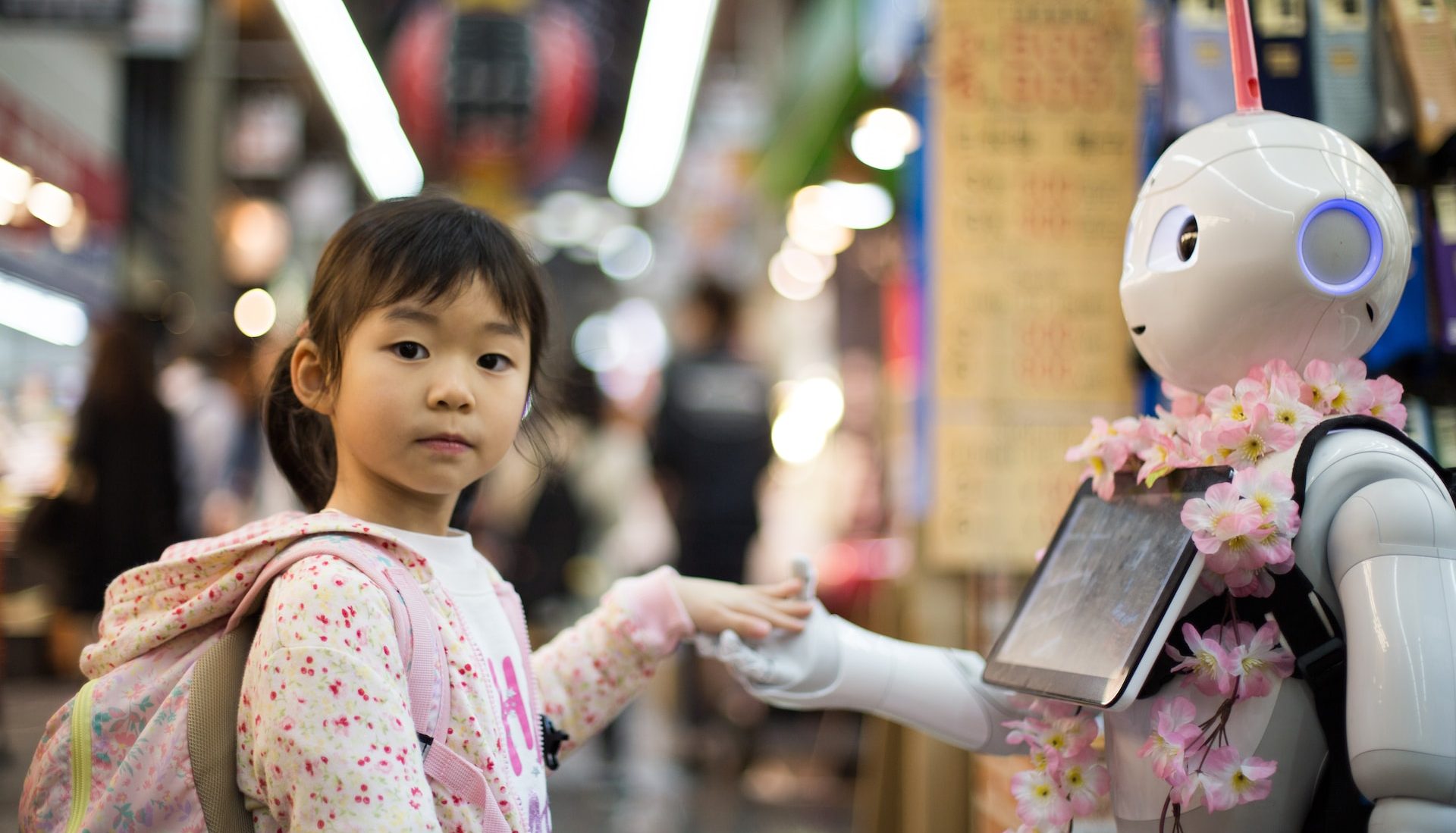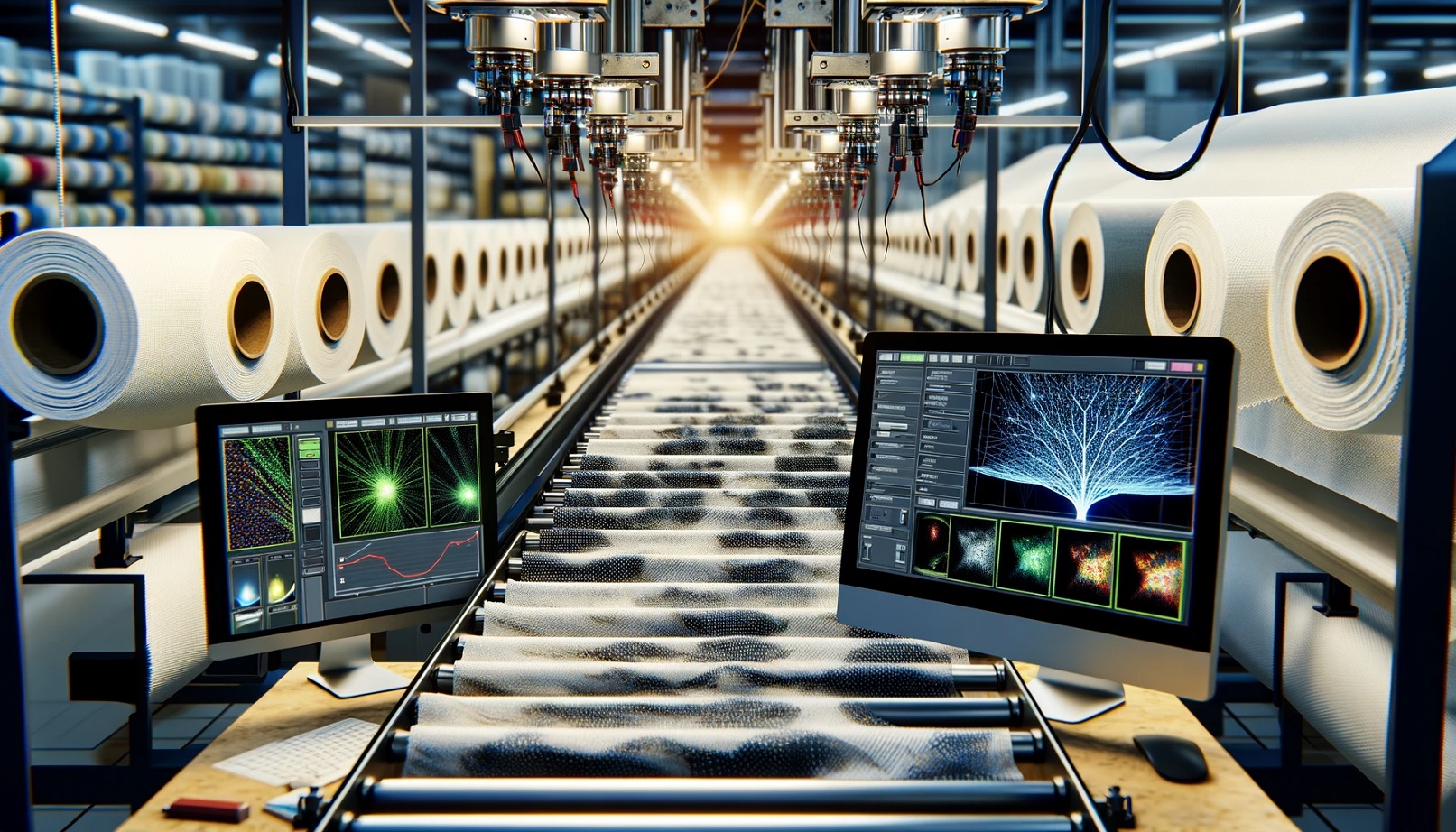The textile and apparel industry is one of the oldest and most important sectors in the world, providing clothing and fabrics for millions of people. However, the industry also faces many challenges, such as changing consumer preferences, environmental concerns, global competition, and complex supply chains. To overcome these challenges and stay ahead of the market, the industry needs to embrace digital transformation and adopt new technologies that can improve efficiency, profitability, sustainability, and customer satisfaction. In this article, we will explore how AI can be used for digital transformation of textile and apparel industry in various ways.
Artificial Intelligence (AI) is a branch of computer science that deals with the creation of intelligent agents, which are systems that can reason, learn, and act autonomously. AI techniques exhibit the ability to recognize patterns, make decisions, and understand natural language. AI is already being used in various ways across the textile and apparel industry to enhance processes for customers and increase the speed of manufacturing and business operations.
Trend forecasting
AI can analyze large amounts of data from various sources, such as social media, online platforms, and customer feedback, to identify and predict emerging trends, styles, and preferences in the market. This can help the industry to create products that match customer demand and stay ahead of the competition.
Product Design and Development
AI can be used to generate new designs and patterns, reducing the need for manual design work and speeding up the product development process. Generative AI is a type of AI that can create new content or data based on existing data or inputs. For example, generative AI can create new designs, patterns, colors, and styles for garments and fabrics by using deep learning models that can handle multiple complex tasks at the same time.
3D Simulation
3D simulation is a type of AI that can create realistic and interactive virtual models of products or environments based on 2D or 3D inputs. For example, 3D simulation can create virtual models of garments and fabrics that can be viewed, fitted, and customized by customers or designers using VR/AR (virtual reality/augmented reality) devices or apps. This can help to enhance the customer experience and reduce the need for physical samples.
Production
AI can be used to automate tasks such as cutting, sewing, and finishing. This can lead to significant cost savings and increased productivity. Smart manufacturing is a type of AI that can enable intelligent and automated production processes by using IoT (internet of things) devices, sensors, robotics, and cloud computing. For example, smart manufacturing can enable on-demand production, customization, and prototyping of garments and fabrics by using 3D printing or digital printing technologies that can print directly on fabrics or materials.
Quality Control
AI can help improve quality control and defect detection by using image recognition, computer vision, and deep learning to inspect products, fabrics, and materials for flaws, defects, and inconsistencies. This can help to ensure high-quality products and reduce waste.
Inventory Management
AI can help optimize inventory levels, reduce waste, and improve demand planning by using data analytics and machine learning to forecast demand, track inventory, and adjust production accordingly. This can help to balance supply and demand, and avoid overstocking or understocking.
Marketing and Sales
AI can enable customized and personalized products and services for customers by using data mining, natural language processing, and computer vision to understand customer preferences, behavior, and feedback, and to generate recommendations, suggestions, and offers accordingly. This can help to increase sales and improve customer satisfaction.
Supply Chain Management & Logistics
AI can be used to optimize supply chain management and logistics such as transportation, reducing lead times and improving efficiency. This can help to reduce costs, carbon footprint, and risks.
Summary
AI is a powerful technology that can enable digital transformation in the textile and apparel industry by enhancing processes, products, and customer experience. AI can help the industry to create products that match customer demand and stay ahead of the competition, to automate tasks and improve productivity and quality control, to optimize inventory levels and supply chain management, and to provide customized and personalized products and services for customers. By adopting AI, the textile and apparel industry can achieve efficiency, profitability, sustainability, and customer satisfaction.



